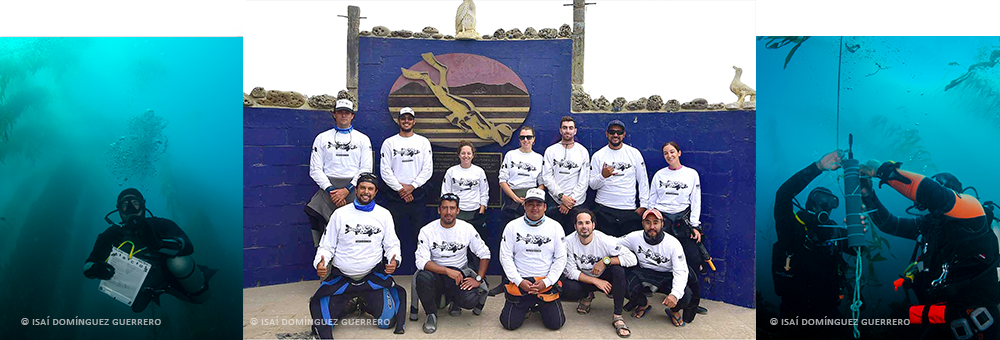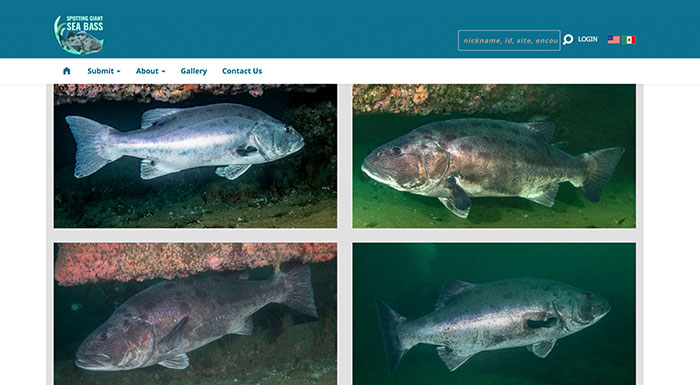G I A N T S E A B A S S
is the largest coastal bony fish in the temperate and subtropical waters of the Northeastern Pacific. This top predator was once plentiful in the kelp forest and rocky reefs of California (USA) and Baja California Peninsula (Mexico).
The GIANT SEA BASS
Was severely fished by the commercial and recreational fisheries on both sides of the US-Mexico border in the early 1900's. The decline in its population was so dramatic that in 1981 a permanent fishery ban was imposed in California, whereas in Mexico it is still fished commercially and recreationally.
The Giant Sea Bass fishery was instrumental in the development of the recreational fishing industry in California.
.
GIANT GHOSTS
The GSB population in Southern California declined to such a degree that divers missed the opportunity to witness the giants swimming around the kelp forests for more than 25 years (Clark et al. 2016). These giants became the ghosts of the temperate reefs of California.
Meet the team

Mero Gigante Project is a partnership of early-career scientists and fishers conducting science-based marine conservation initiatives to improve fisheries management. We acknowledge the need to generate baseline information of the giant sea bass, and understand its fishery from the scientific and community standpoint.
Mero Gigante Project was founded in order to fill the gaps in the knowledge of this iconic species, to provide the information and tools needed to improve its fishery management by collaborating with fishers, stakeholders, civil organizations, and government agencies.
COLLABORATIVE RESEARCH
& CITIZEN SCIENCE
Mero Gigante Project in collaboration with Comunidad y Biodiversidad (COBI) and fishing cooperatives has developed a GSB spawning aggregation monitoring program in the Baja California Peninsula.
RESEARCH – MANAGEMENT– HEALTHY POPULATIONS
We take actions to help improve fisheries management, support conservation, and continue to enjoy the presence of these giants.
Did you SEE a GIANT SEA BASS?
Download the iNaturalista #Naturalista app, report your sighting and be part of this effort to study the giant sea bass.
www.naturalista.mx
GIGANTES DEL PASADO
Did you catch a GIANT SEA BASS?
Download #PescaData app, report your catch and be part of this effort to study the giant sea bass.
www.pescadata.org





















